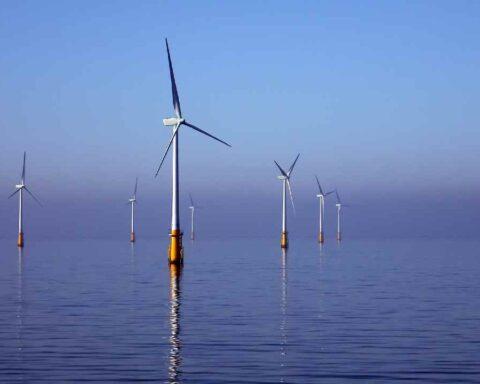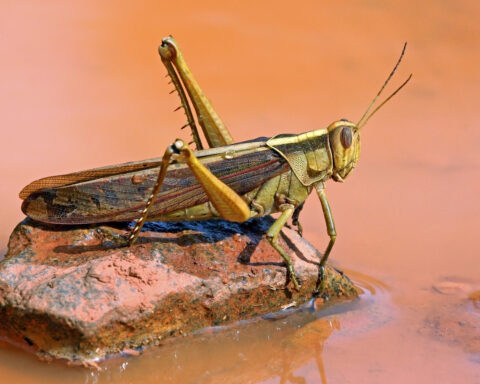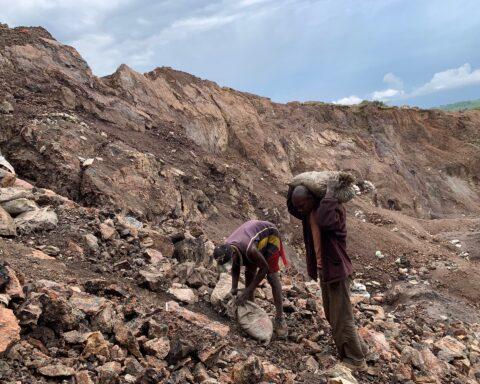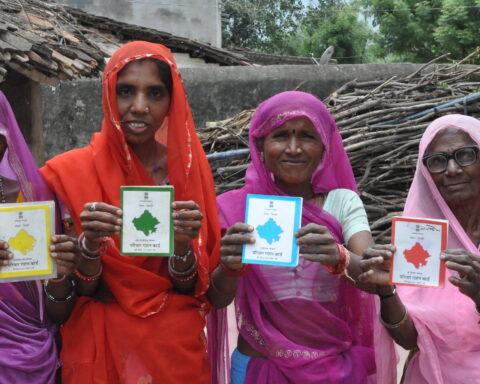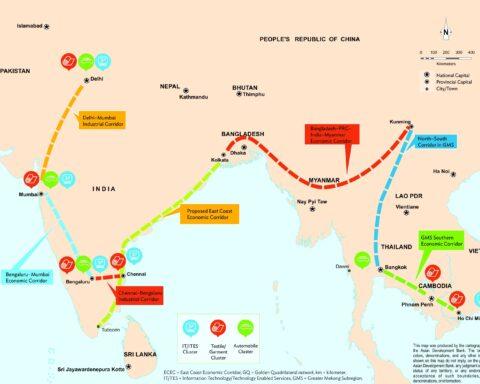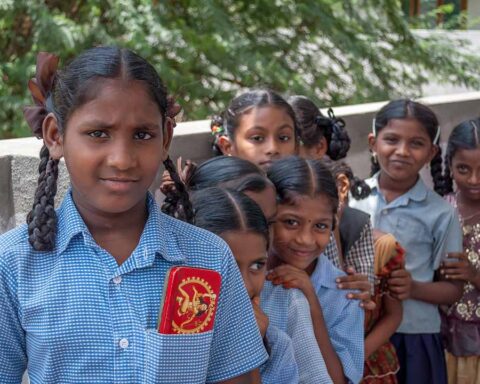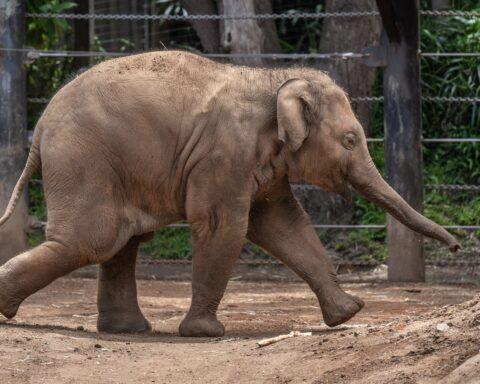Two-thirds of Australia’s Great Barrier Reef had recorded the highest amount of coral cover in nearly four decades, a monitoring group said Thursday, though the reef remains vulnerable to climate change and widespread bleaching.
According to a report by the Australian Institute of Marine Science, the northern and central parts of the UNESCO-listed reef have slightly improved, while the outbreak of crown-of-thorns starfish has damaged coral cover in the southern region.
Paul Hardisty, CEO of AIMS, said that while the corals in the northern and central regions were a sign that the reef could recover from disturbance, the loss of corals in the southern region showed how the coral was still vulnerable to “continued acute and severe disturbances that are occurring more often and are longer-lasting.”
Rising ocean temperatures have caused widespread and severe bleaching of the Great Barrier Reef. The reef was particularly affected by underwater heat waves in 2016 and 2017 which led to bleaching events. It is experiencing its sixth mass bleaching this year due to heat stress caused by climate change.
“Every summer the Reef is at risk of temperature stress, bleaching and potentially mortality and our understanding of how the ecosystem responds to that is still developing,” Hardisty said in a media release.
“The 2020 and 2022 bleaching events, while extensive, didn’t reach the intensity of the 2016 and 2017 events and, as a result, we have seen less mortality,” Hardisty said. “These latest results demonstrate the Reef can still recover in periods free of intense disturbances.”
Following the report, UNESCO last year proposed adding the Great Barrier Reef to its list of World Heritage sites. A meeting was supposed to take place in Russia in June to discuss the future of the rock, but it was cancelled after the invasion of Ukraine.





